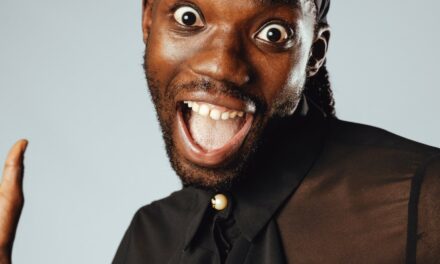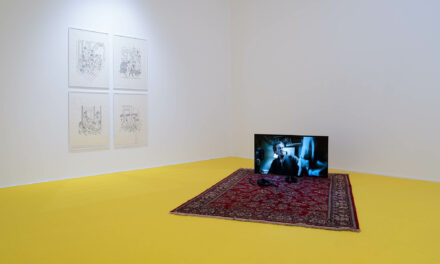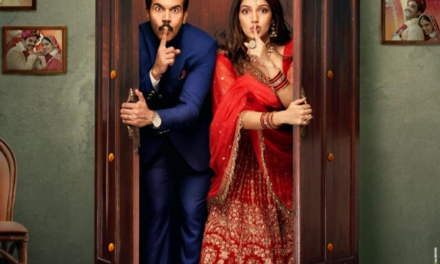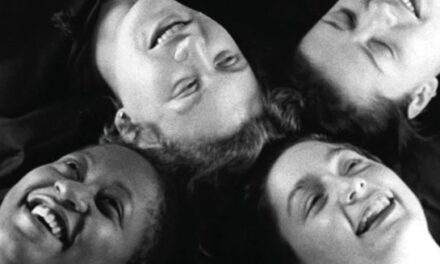A Discussion with Artists Laurence Herfs and Aaron Boot
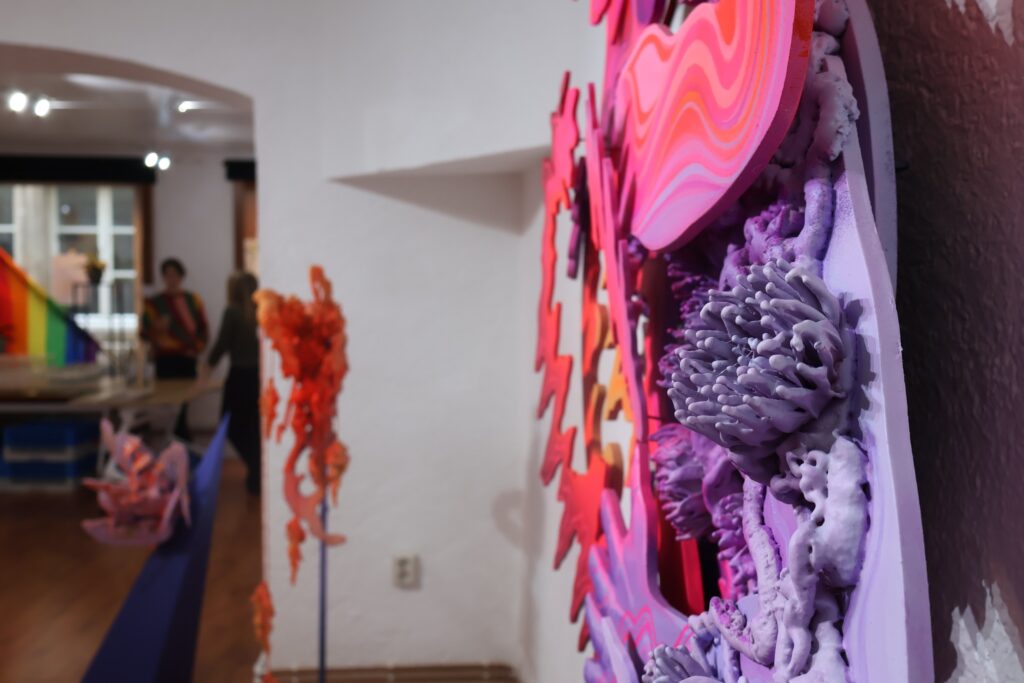
queer.lu: Let’s begin this interview with a fun way of getting to know you two: if you had to introduce yourself as an artist in three words, which words would you choose?
Laurence Herfs: Oof okay… I’ll say: feminist, geek, queer. I would like to add academics as well though. Besides being an artist, I also am a PhD candidate in the field of Virtual Reality and video games.
Aaron Boot: Vibrant, Playful and sensitive.
queer.lu: Both of your works seem to focus on intimacy, with oneself and others. How have your notions of queer intimacies and relationships inspired your pieces?
LH: My artistic practice grew from a deep love for anime series that foregrounded powerful and beautiful girls, which I feverishly tried learning to draw as a teenager. But during my university years, I realized how much of the media I had grown up with was the product of- and reproduced a heteronormative male gaze onto the world, and how those representations had had a profound influence on my ideas of how ‘girls’ and ‘boys’ should be.
This then led to a second discovery: my assumed heterosexuality was undone. As a result, I came to realize that I desired women much more than I did men. More and more, my drawings of beautiful anime girls then took on an entirely different meaning. I began to see how thin these girls in anime were, how subservient, how problematically and uncomfortably childlike while also, somehow, simultaneously hypersexual. And worse, I grew horrified at the realization that I had not just unknowingly repeated fetishized, reductive stereotypes meant for male consumption, but rather that, in all likelihood, I had long been expressing my own desire for those girls in that way too. So, I came to feel that through my art, I had been contributing to my own oppression, and I entered art school because I wanted that to change.
AB: Being Queer, it started at a young age. When all my friends started talking about sex and what attracted them, I felt like the odd one out, although I was one of the first to discover his own body. Shared intimacy and sex were till I was nineteen nothing more than a fantasy and desire. After I came out, my sexual exploration started. After half a year, I got into a relationship that ended last year. The whole seven years I was openly gay, sex and intimacy weren’t really an issue for me, it came naturally. But after the breakup this changed, my needs became less superficial and more about real connection. I sensed that listening to my own body and the deeper needs became important for a good experience. My works for the exhibition are about my desires and the renewed exploration of my body and the sensations I like to experience.
queer.lu: A keyword connecting both your works might also be ‘the male gaze’. How has the male gaze, or the refusal of it, influenced your work?
LH: To be honest, in my life, the male gaze has mostly been a destructive force. Being reduced to the category of woman has always seemed to go hand in hand with a reduction of my humanity beyond sexual availability. Yet, the way I want women, the way I have always drawn women, has never escaped the regimes of visually idealized womanhood as taught to me by those beautiful women I encountered in the world of anime. I feared that I was oppressed in much the same way I have been oppressed, in my desire and in my art.
For some time, I considered that perhaps it would be better for me not to draw women at all, but denying what I love the most also seems like oppression of its own. And so, in this art project, I decided to return to the defining question of my artistic practice and face it head-on: how to make critical feminist anime art? How to express my deeply complicated relationship with anime as a world that I both love and despise for its representation of women? Over time, these questions crystallized into imagery of mirroring femininity. I wanted to draw binary relationships between the internal surveyor and surveyed, between girls-looking-at-girls, a female gaze onto a female body returned onto her own – in hopes of drawing up a space where power could perhaps operate a little differently.
AB: I actually never really found the male gaze an issue related to my art. Most of the time I made abstract, more nature-inspired pieces. The more figurative works I made for this exhibition came from very personal motivations. Free of any boundaries, my stories are quite universal and I thrive to invite everyone to watch with an open view.
queer.lu: How has your work on these artworks influenced your reflections on various topics?
LH: For me, this work is a representation of the feminist female gaze on the anime body: these figures are continuously in a binary with one another – on some level in competition for performativity, but for a performativity that is self-referential rather than hinging on the logic of the male gaze as the determinant of beauty and success. Their bodies are shown in various shapes and colors, active in their own desire rather than passively desirable or consumable. But the pieces are also a deeply personal expression of my own relationship with women. I see this work as an act of politically drawing myself a space beyond harmful gazes, where forms of desire can be expressed that are not contingent on a male gaze or a reified gender category whatsoever.
AB: It actually did, my starting point was quite critical about gay society and the sometimes superficiality we have to deal with. I still think it isn’t easy to dive into connections rather than superficiality. But I do see the things I struggled with are not only gay-related, so the general thoughts behind my works became more universal.
queer.lu: What have you learned from each other’s work during this exhibition?
LH: Aaron has inspired me a lot in the making of these pieces, his colors and vulnerability especially. I usually work on paper, with a more limited and soft color palette. But knowing I would get to exhibit with Aaron, I challenged myself to go bold and bright, and also use cutouts just like him. You probably cannot tell from a photo, but the pieces are actually several cutouts on thick paper, pasted together on a panel! So there is some sense of depth and layering to them, which speaks beautifully to Aaron’s layers I think. Together I think they make the Rainbow Centre look a bit like a delicious candy store of queerness!
AB: The way Laurence incorporated Jugendstil forms.
queer.lu: Lastly, what message do you hope visitors take away from this exhibition?
LH: That anime art can absolutely be a topic of artistic inquiry! I was told so, so, so many times in art school that it was just popular culture, lowbrow, and so forth… I want to challenge that idea, and I want people to think about how the norms and values in the stories we grew up with may have influenced our ideas of how we should be. I hope people take a little of those thoughts with them, and maybe also the thought: “Ooooh I should rewatch Sailor Moon sometime!”
AB: I would love to open up the conversation about what intimacy is for you, and how we socially and sexually relate to this topic.

